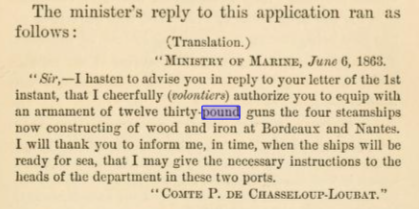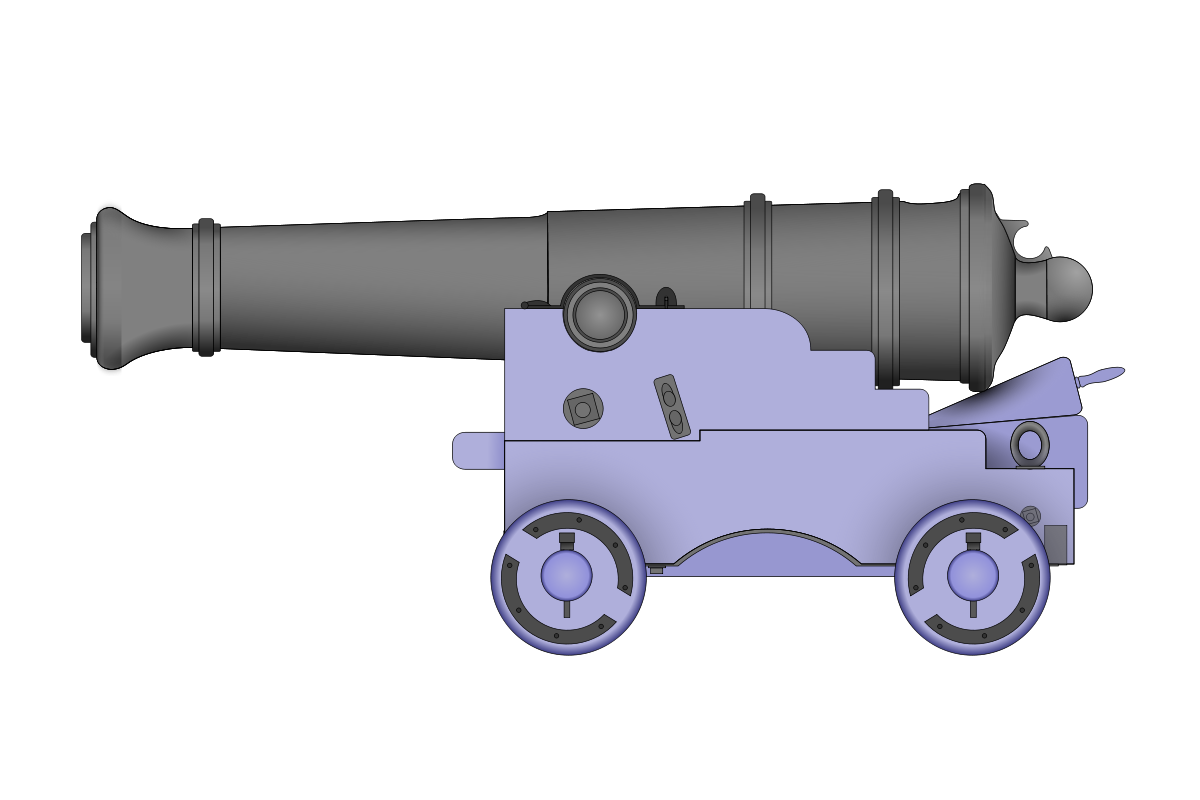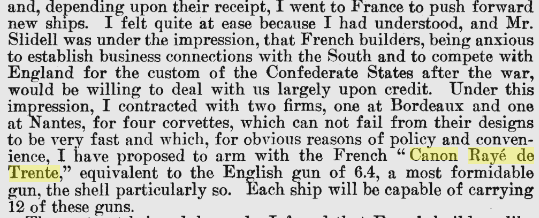World B4
my bad y'all
- Joined
- 25 June 2017
- Messages
- 344
- Reaction score
- 283
The CSA's navy often tried to commission warships by building or buying ships for seemingly civilian use or for a foreign nation. The Mississippi, Louisiana, Texas, and Georgia were a class of would-be commerce raiders who were seized by the French government while being built, and sold off to Prussia and Peru where they had illustrious careers. The BAP Union is probably the most famous. I would like to know if any data is available regarding their armament as originally planned by the confederates.
Edit: There was also a class of 2 ironclad turret ships the British confiscated that included a CSS Mississippi, entered service as the HMS Wivern. I have the same question regarding them.
The most famous CSS Mississippi that never served as such would have had room for 20 guns, a staggering amount for a casemate ironclad.
Edit: There was also a class of 2 ironclad turret ships the British confiscated that included a CSS Mississippi, entered service as the HMS Wivern. I have the same question regarding them.
The most famous CSS Mississippi that never served as such would have had room for 20 guns, a staggering amount for a casemate ironclad.
Last edited:



